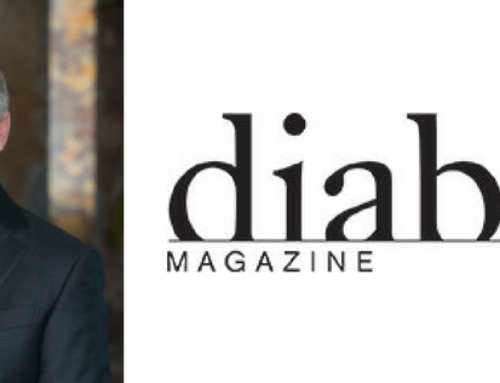Cosmetic surgery, the art and science of enhancing the physical appearance of facial and bodily features, is safer than most people might expect. Cosmetic procedures are becoming more accessible and affordable, and people today are more open about sharing their cosmetic surgery experiences. Frequent improvements in technology, equipment, and safety have helped procedures like liposuction, breast lift, and facelift see a decline in complication rates and become much safer than they once were. You can improve safety, too, but choosing your procedure, your facility, and your surgeon wisely.
Surgeon Accreditation
When you choose a care provider who is an ASPS (American Society of Plastic Surgeons) member, you can expect vast experience and focused expertise, two traits that are integral to achieving safety in the operating room. Certified by the American Board of Plastic Surgery (ABPS), he or she has endured many hours of patient care, rigorous testing, and peer evaluation.
When you choose a Board-Certified plastic surgeon like Dr. Robert Aycock, you are guaranteeing that your surgeon has received at least five years of surgical training, plus a minimum two-year plastic surgery program. ASPS members are also fully trained in the field of cosmetic surgery, meaning they have thorough knowledge of all types of plastic surgery procedures, including facial plastic surgery, body sculpting, and reconstruction. ASPS surgeons must also commit to regular continuing education training, including frequent updates in patient safety.
Facility Accreditation
When you choose a surgeon who is a member of the American Society of Plastic Surgeons, you can relax knowing he or she operates in accredited facilities only. A facility receives accreditation only after it has met a wide range of qualifications set by a state or national accrediting agency. For instance, accredited centers must maintain extremely low complication rates. When considering a cosmetic surgery facility, do not be afraid to ask your doctor about the practice’s safety standards and how they reduce risk of complication in their accredited outpatient surgical center.
Your Role in Safety
Remember, you can reduce your risks by choosing your provider carefully, providing a thorough medical history, and having realistic expectations about what cosmetic surgery can do for you. To learn more about cosmetic enhancement and today’s safety standards, please contact Dr. Aycock at his Bay Area practice.
—Lindsey Kesel, Cosmetic Surgery Consultant








